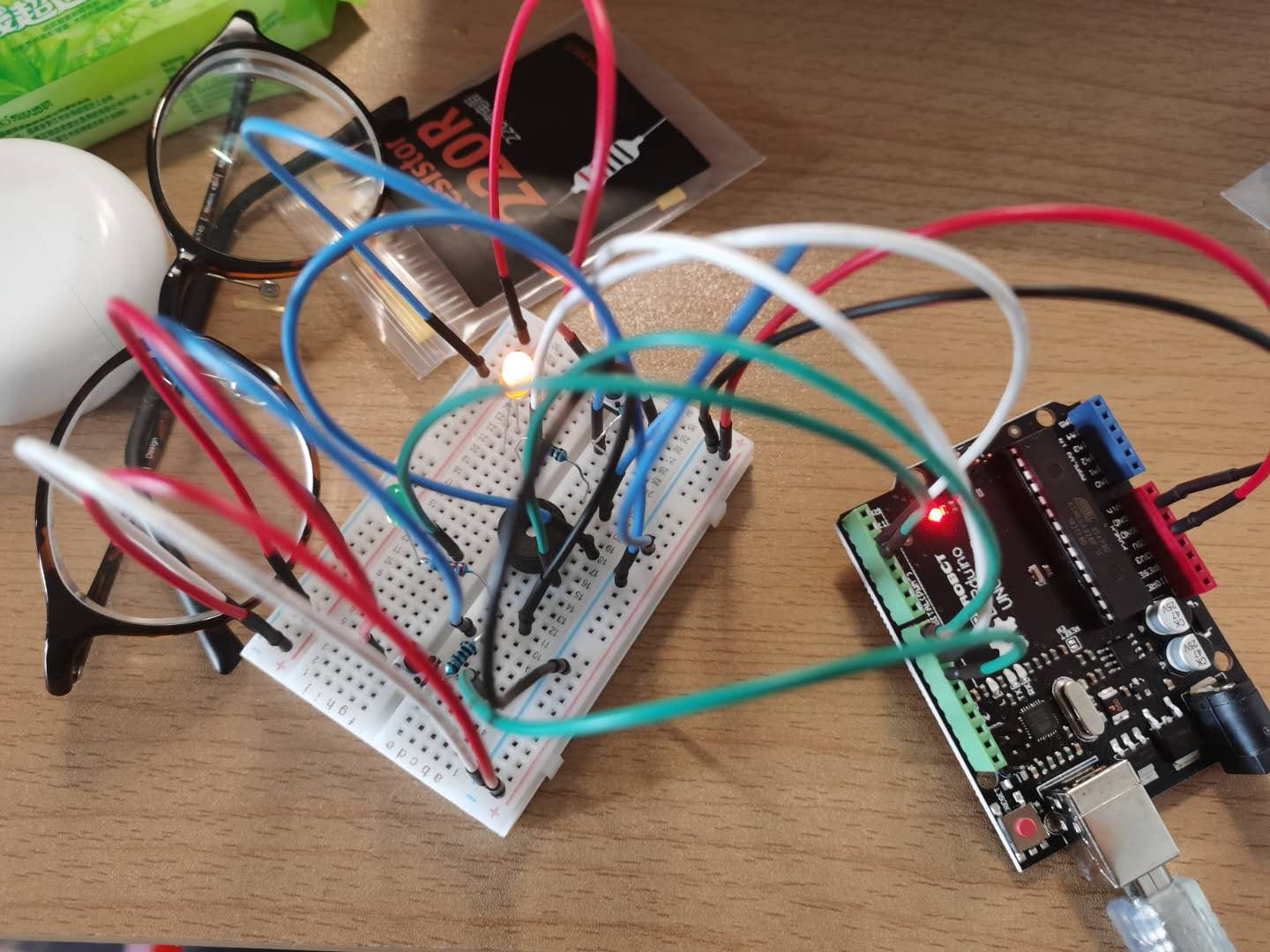
Getting more familiar with the electronics, the first task is easy to complete.

Tonemelody circuit is easy to accomplish too, though I firstly plug the wires into the “9” socket of the power, which resulted in no response after the program is uploaded. But by comparing it to the program, I soon fixed the problem and heard the lovely melody.

The Speed Game is much more challenging-that brunch of wires in the graph has suggested that. I’ve spent much time connecting the elements, but it turns out no response. After consulting our learning assistant, I soon realized that I didn’t fully understand the graph, so as the function of the circuit. Taking LA’s advice to divide the elements and wires into different groups, I successfully completed the circuit.



Question 1: Reflect how you use technology in your daily life and on the circuits you just built. Use the Introduction Chapter (page xvii-xxix) of Physical Computing and your own observations to define interaction.
Interaction is a communicating process between two or more actors. Just like what has been mentioned in Physical Computing, communicating requires the process of listening, thinking and speaking of interactive actors, as well as the input, processing, and output of the computer. When I’m using technology in my daily life, there’s interaction between me and technology as my command transforms into input processed by technology, then it come out with output that gives me feedback. Also, when I was building my circuit, I was building a medium for me and the technology being able to understand and response to each other.
Question 2: Why did we use the 10K resistor with the push button?
To protect the circuit. When we press the button, the circuits connects and the 10K resistor is able to restrict the current under a appropriate value.
Question 3: If you have 100,000 LEDs of any brightness and color at your disposal, what would you make and where would you put it?
I want to put all of it in a room, covering every inch of the floor and walls. I want to connect it to sensors, so that when I step in to the room, there’s a lighting path suggesting my trail. When I raise my hand or move my body, the brightness and color of LED on the wall change smoothly creating different shapes and path as I want. Just like a god, a creator in this room, I am able to get all the emotion out of me, to let my thoughts wander. I think it can also be applied as a light therapy for mental disease.





